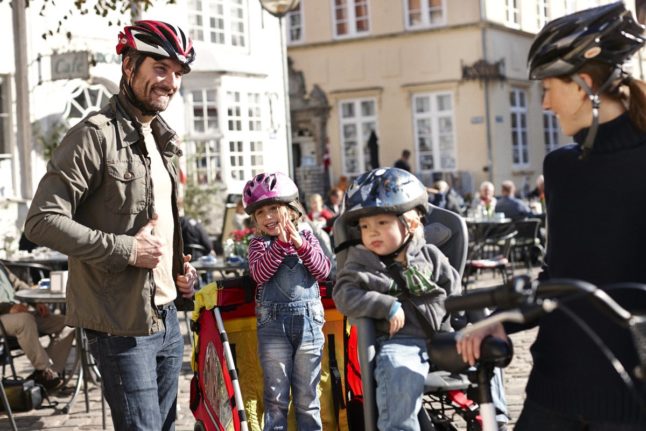The decision was made after the police intelligence service PET deemed that Denmark’s current security situation does not require further extension of the additional controls, the National Police (Rigspolitiet) said in a statement.
Border controls were stepped up after the terror threat against Denmark was considered to have elevated. That came after a backlash in Muslim majority countries against a series of Quran burnings in Copenhagen as well as in Sweden.
Last week, Justice Minister Peter Hummelgaard said the government was “taking seriously” a call by militant organisation al-Qaida for “revenge” attacks on the two Nordic countries over the Quran burnings.
READ ALSO:
- Denmark takes threat from al-Qaida seriously: Justice minister
- Why has Denmark not raised terror threat level like Sweden?
In practice, the intensified controls meant a higher probably of spot checks for motorists and rail or ferry passengers on the borders.
“The police and PET continue to keep an alert eye on the latest security situation and if the situation necessitates it, we are ready to initiate measures designed to protect national security,” National Police senior officer Peter Ekebjærg said in the statement.
The end of the intensified controls means there are effectively no controls on the borders with Norway and Sweden according to the police, with checks returning to the form put in place on May 12th this year. That also means a lower intensity of spot checks on the various land border crossings with Germany.
In both Denmark and Sweden, authorities are considering ways of limiting demonstrations involving the burning of the Quran while trying to balance the right to freedom of expression.



 Please whitelist us to continue reading.
Please whitelist us to continue reading.
Member comments